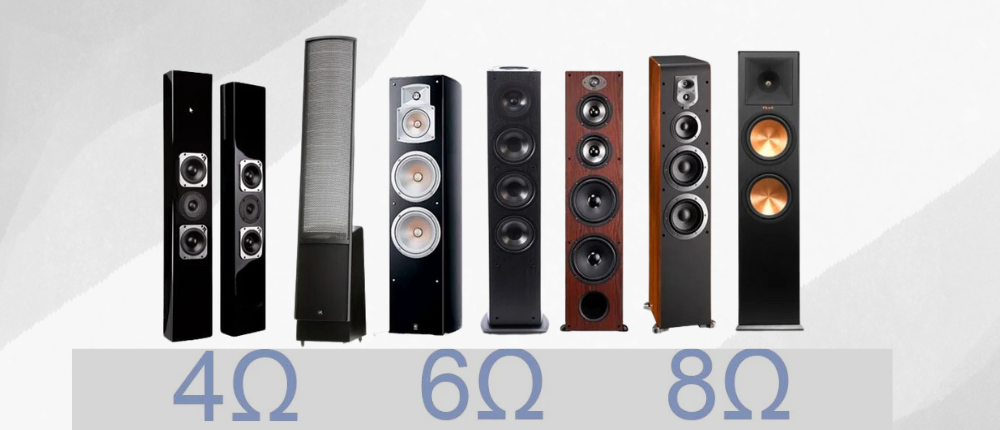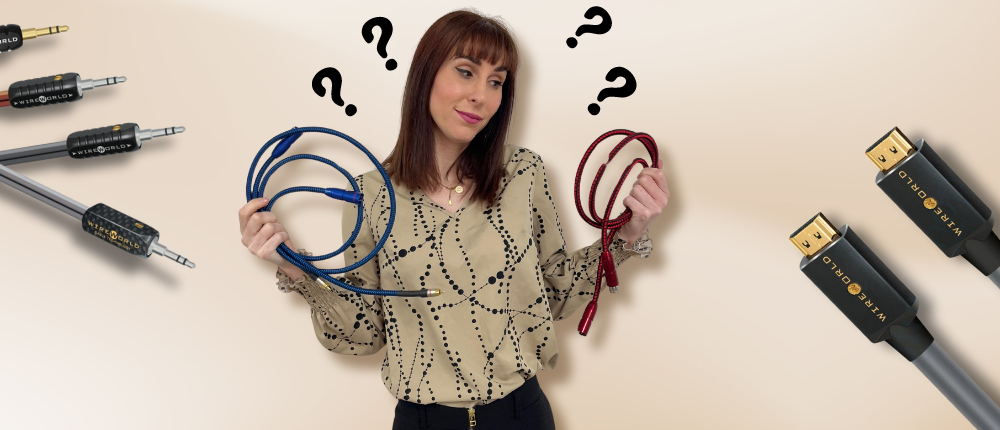A Chance Encounter
The other day, while browsing through our store’s showroom, I was casually observing the flow of customers and the interactions between them and our sales team. Amidst the hum of excitement over new audio gear, I overheard a conversation that caught my attention. A client was asking one of our knowledgeable sales representatives a question about speaker ohms.
From my vantage point, it was clear that the client was intrigued but puzzled by the concept of ohms. They were curious about how this technical detail could impact their listening experience. The sales representative, with great patience, began explaining how ohms relate to speaker impedance and why it’s crucial for compatibility with their audio equipment.
What struck me was how a seemingly simple question could open up a whole world of audio knowledge. It occurred to me that while many people enjoy high-quality sound systems, they often overlook the finer details that can significantly influence their audio experience. This brief but enlightening exchange made me realize the importance of understanding ohms and how they affect both performance and sound quality.
Inspired by this interaction, I decided to delve deeper into the concept of speaker ohms. I wanted to explore how impedance plays a critical role in ensuring your audio setup delivers the best possible performance. What follows is a closer look at the role of ohms in your audio system and how understanding them can enhance your listening experience.

What Are Ohms in Speakers?
Ohms are a unit of measurement for a speaker’s electrical resistance, known as impedance. Impedance is a crucial factor in the performance of speakers, amplifiers, and AV receivers. Essentially, it measures how much resistance the speaker offers to the flow of electrical current from the amplifier. Understanding ohms helps ensure that your audio system functions optimally.
Speaker Ratings
Most speakers are rated at 4, 6, or 8 ohms. The ohm rating indicates how much resistance the speaker has. Here’s a simple breakdown:
- 4 Ohms: Lower resistance, requires more power from the amplifier, and can produce more output but may strain some receivers.
- 6 Ohms: A balance between power requirements and resistance, offering flexibility for many audio setups.
- 8 Ohms: Higher resistance, easier for most amplifiers to drive, and typically results in a more controlled, cleaner sound.
Matching Speakers and Receivers
When pairing speakers with a receiver, it’s essential to match the speaker’s ohm rating with the receiver’s capabilities. The receiver is designed to handle specific impedance levels, and using a speaker with a lower ohm rating than what the receiver supports can cause damage or reduce performance. Conversely, using a speaker with a higher ohm rating than what the receiver can handle might limit the system’s output but is generally safer for the equipment.

How Impedance Affects Sound Quality
Impedance can also influence sound quality. Generally, a higher resistance (like 8 ohms) might result in a cleaner, crisper sound because it reduces the load on the amplifier. However, the relationship between impedance and sound quality isn’t always straightforward; other factors like speaker design and the quality of the amplifier play significant roles.
Frequency and Impedance Variation
It’s important to note that a speaker’s impedance can vary depending on the frequency of the audio being played. Some speakers might have different impedance levels across the frequency spectrum, which can affect performance and compatibility with your receiver.
Conclusion
Understanding ohms and impedance is crucial for optimizing your audio system’s performance. By ensuring that your speakers’ impedance matches your receiver’s capabilities, you can avoid damage to your equipment and enjoy the best possible sound quality. Next time you’re setting up or upgrading your audio system, remember the importance of ohms and how they play a role in your listening experience.






1 comment
Very interesting article Hein. Thank you.